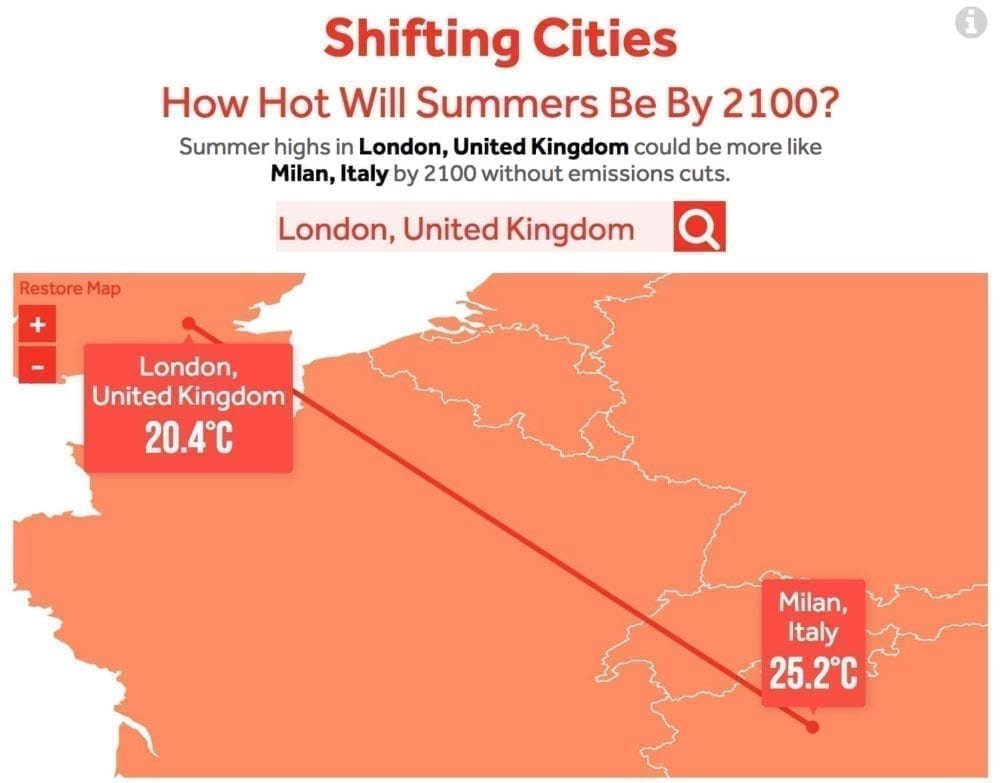In a year already marked by heatwaves and new daily temperature records, the United Nations weather agency and television weather anchors have joined forces to create video forecasts that explore how climate change would make future summers even hotter in major cities of the world.
The impact of climate change
The World Meteorological Organization (WMO) and Climate Central, a research and communications organisation based in the United States, invited weather presenters from a dozen countries to work with meteorological services and other national experts to explore the implications.
‘What the weather presenters have created are only possible scenarios, and not true forecasts. Nevertheless, they are based on the most up-to-date climate science, and they paint a compelling picture of how climate change may impact daily life in cities where most of the world’s population lives.’
PETTERI TAALAS
WMO secretary-general
Cities featured in the ‘Summer in the City’ videos include Barcelona, Berlin, Brussels, Buenos Aires, Cape Town, Frankfurt, Hanoi, Havana, Kampala, Madrid, Montreal, Nairobi, Paris, Sofia and Tokyo.
London more like Milan
If greenhouse gas emissions continue to increase, the Earth’s average global surface temperature could rise more than 4°C by the end of this century, according to WMO.
TV weather presenters used two different climate change scenarios – high emissions and moderate emissions – and matched each selected city with a city that already experiences such temperatures.
For instance, in 2100, the citizens of Paris, where daily summer high temperatures now average 22.7°C, may see summer high temperatures hit 29.2°C as experienced today in Fez, Morocco.
Projections show temperatures in London may hit an average 25.2°C, the average summer high temperature currently experienced in Milan, without emissions cuts. It’s currently 20.4°C.
Climate Central has posted an interactive map to visualise these match-ups (see right). It shows many of the assessed cities could see their maximum daily temperatures in summer rise by as much as 6-9°C.
 Play Video about This Rock Might Just Save The World
Play Video about This Rock Might Just Save The World Play Video about Play 2 hours of rock
Play Video about Play 2 hours of rock Play Video about Play 2 hours of brook
Play Video about Play 2 hours of brook Play Video about Play 2 hours of sheep
Play Video about Play 2 hours of sheep












































